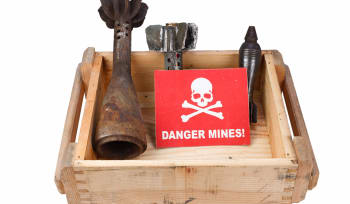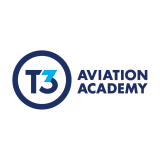This informal CPD article Pilot Training: An Overview was provided by Capt. Nadhem AlHamad, CEO at T3 Aviation Academy, the Middle East’s leading aviation training provider.
Pilot training is a highly specialised stringent training involving classroom instruction and practical flight experience. The training is a prerequisite for anyone who wishes to become a commercial, military, or any other type of pilot. In this article, we will explore the aspects constituting pilot training, including the types of pilot licence, the requirements for acquiring the same, and the training process.
Types of Pilot Licence and Requirements to Acquire Them
There are various types of pilot licence, each of which has its own specific set of requirements and benefits. The preliminary type of licence is the Private Pilot Licence, also known as PPL, which allows trainees to fly small, single-engine aircraft for personal or recreational purposes. Obtaining a PPL requires passing a written assessment, completing a predefined number of flight hours, and successfully passing a practical examination with a designated pilot examiner.
The next level of pilot licence is the Commercial Pilot Licence, also known as CPL, which allows
trainees to fly for hire or compensation. Obtaining a CPL entails meeting additional requirements
including having a higher level of flight experience and passing a more rigorous written
examination.
The highest level of pilot licence is the Airline Transport Pilot Licence, also known as ATPL, which allows trainees to assume the Pilot in Command role in an aircraft with multiple engines, carrying passengers or cargo. Obtaining an ATPL requires trainees meeting even more stringent requirements such as accruing 1,500 flight hours, at minimum, and undergoing a highly specialised stringent practical assessment.
In addition to the various types of pilot licence, there are also several ratings pilots can acquire, allowing them to fly specific types of aircraft or operate under certain conditions. With a MultiEngine Rating, a pilot can fly an aircraft with multiple engines; this is usually a prerequisite for commercial pilots. Another example is the Instrument-Rating, this type of rating enables pilots fly in poor weather conditions using only the aircraft’s instruments.














